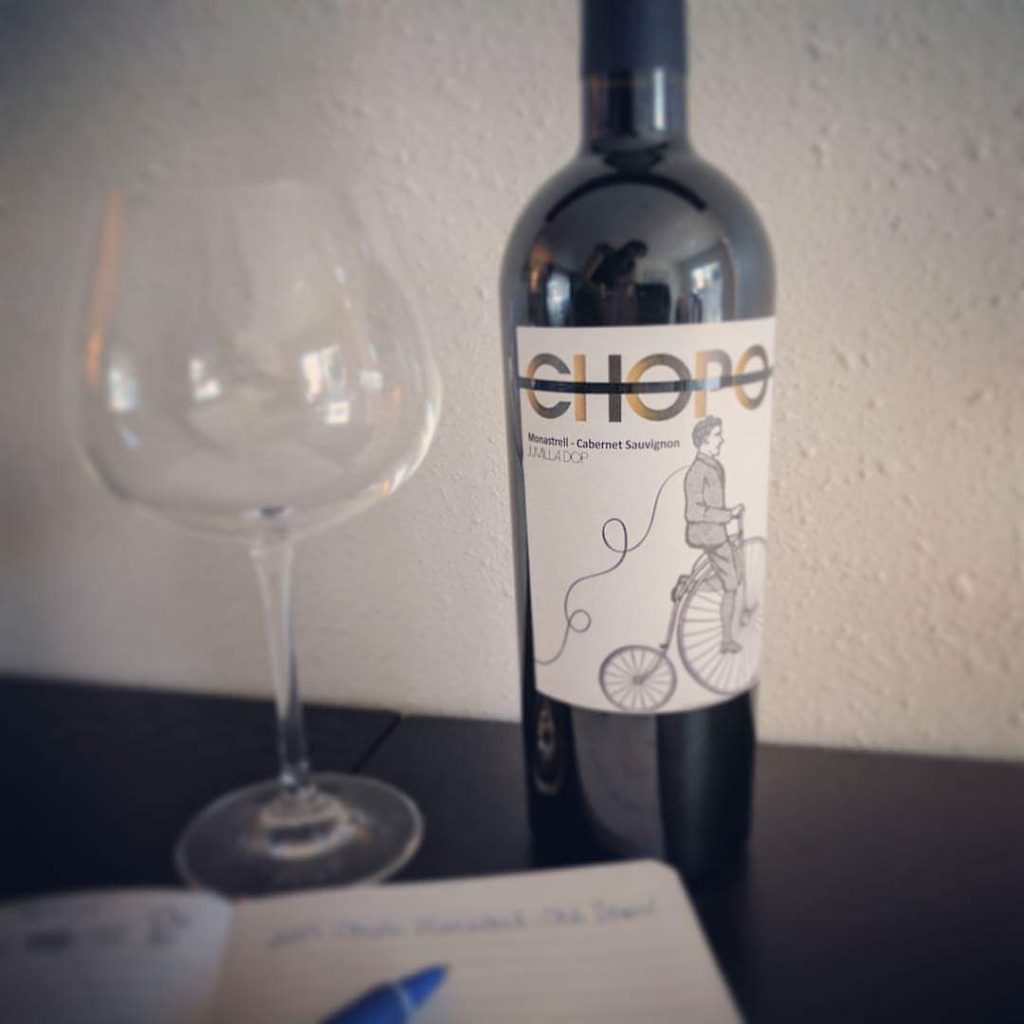As we discussed in our last post, there are several alternative formats and closures that your wine can come in. You’re probably personally familiar with most of them: synthetic corks, screw caps, cans, boxes…
You probably also have your opinions and assumptions about what these formats say about a wine. I know I do!
But what is the truth?
With the help of some of my favorite wine guinea pigs, we sat down to try some of these wines and have an honest conversation about what we thought about them.
Did our assumptions and preconceptions stand?
Join us and let me know your thoughts!
https://youtu.be/rRn-0pld2aE
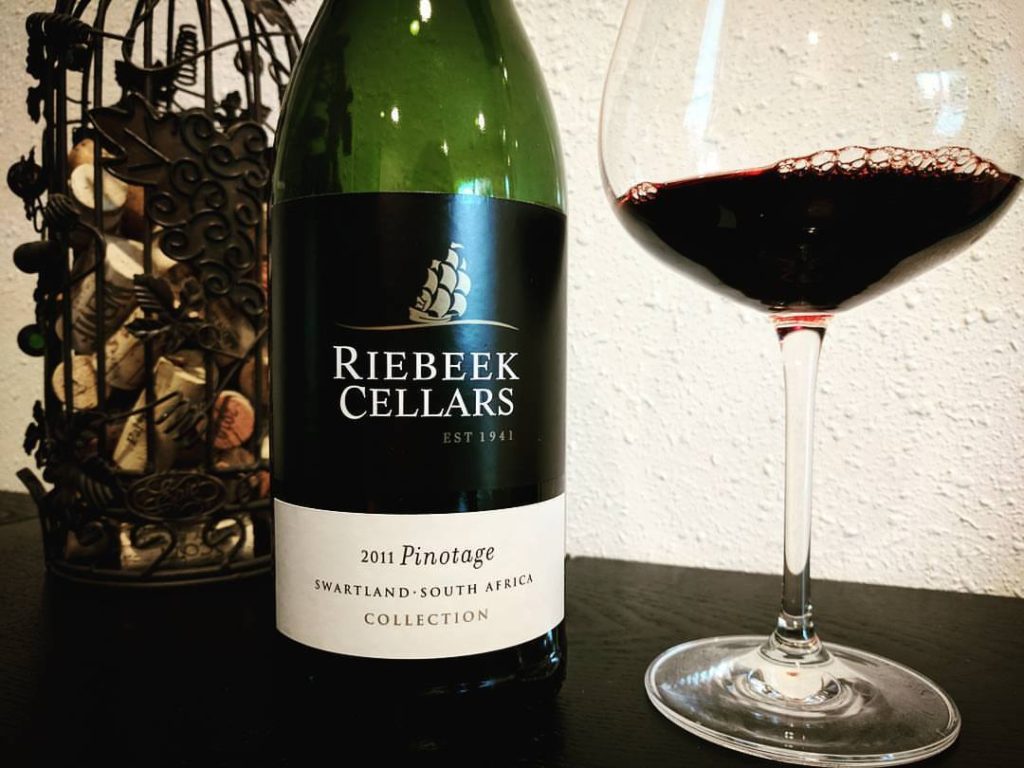
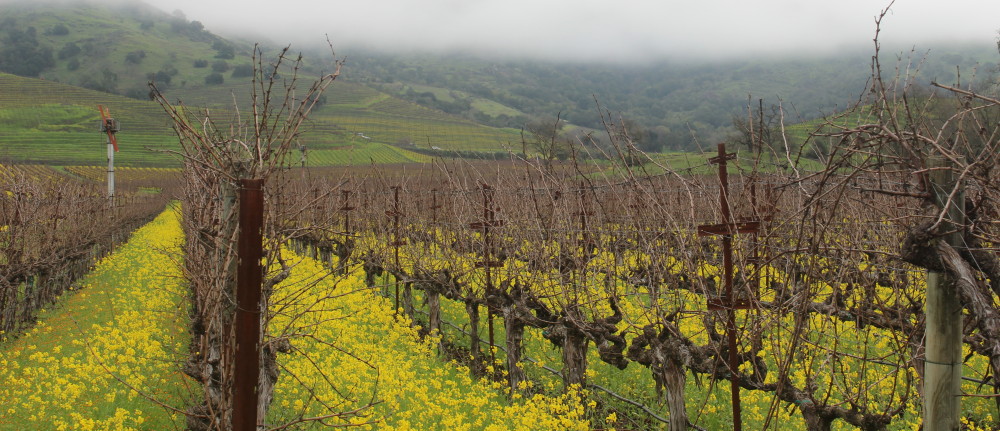
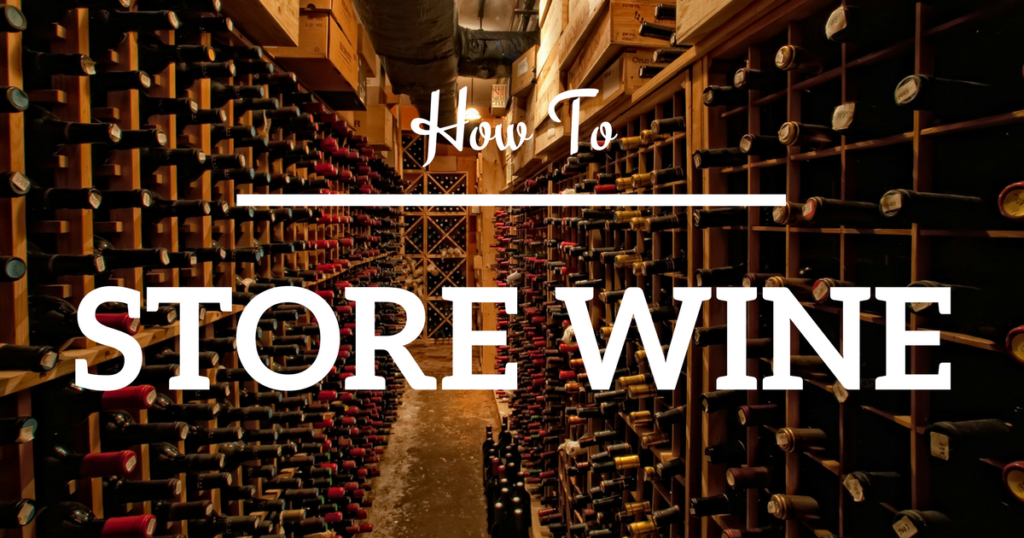


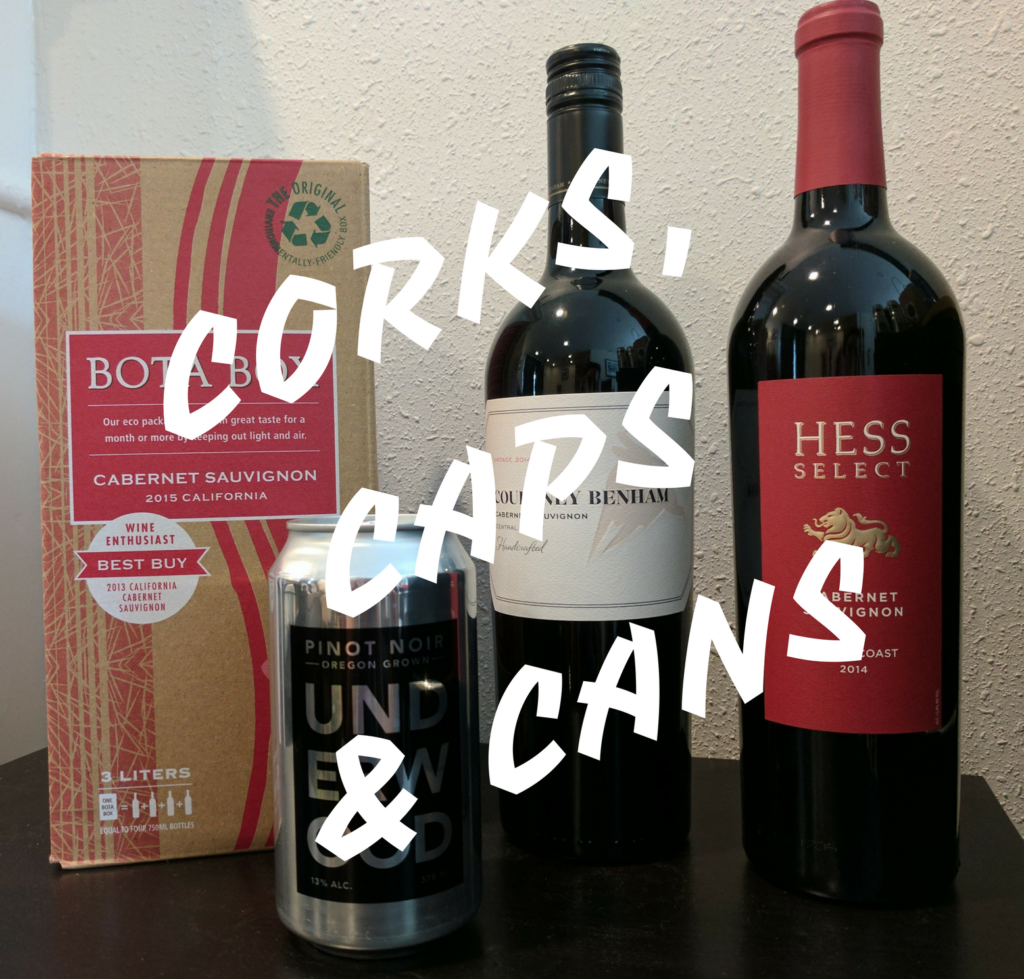
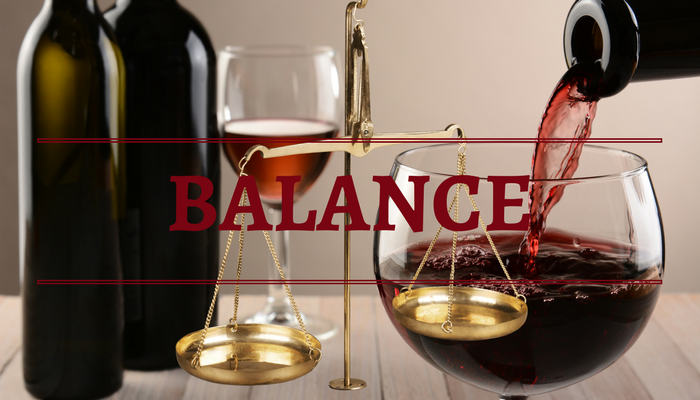
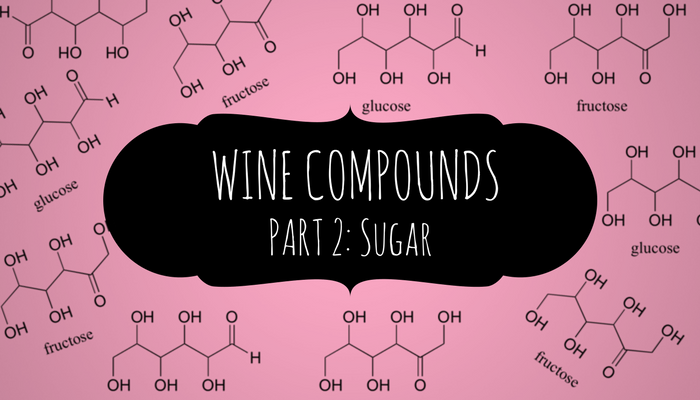 The next compound I want to talk about is sugar. (
The next compound I want to talk about is sugar. (